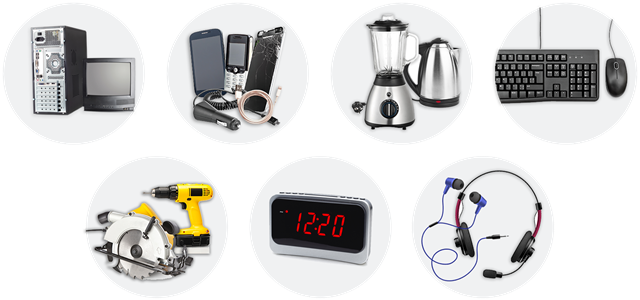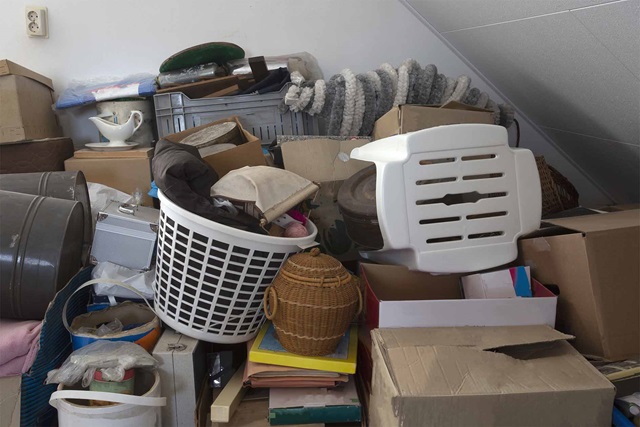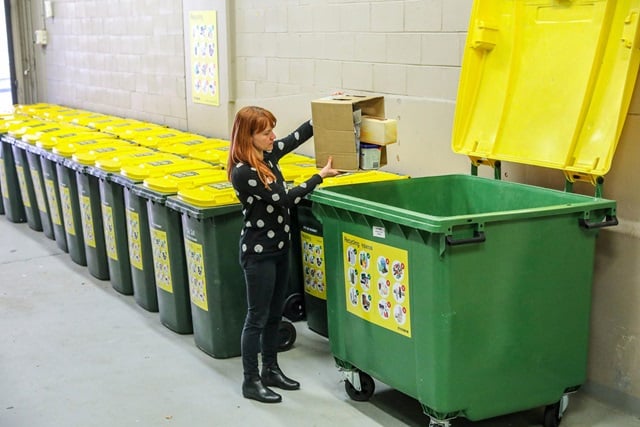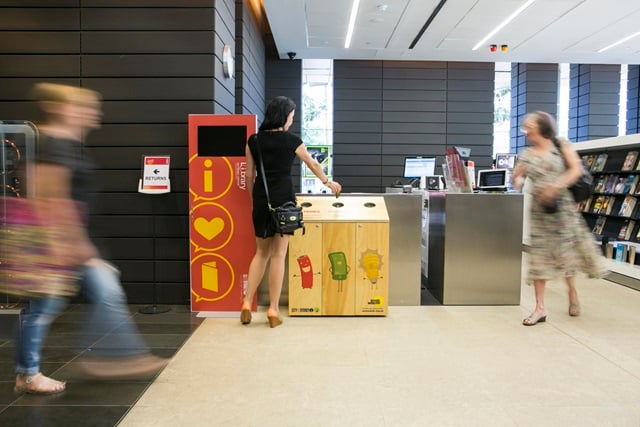Recycle electronics
Book an e-waste pick-up or take items to one of our quarterly recycling drop-off days or recycling stations.
Project Status: When you need to do this
If you’re a City of Sydney resident with old and broken electronics, you can drop them off at our quarterly recycling event or book a pick-up.
Mobile phones and other small electronics can also be placed in our recycling stations across the city, along with batteries and light bulbs.
Almost all types of electronics can be recycled. If it has a plug, power cord or battery we can recycle it or dispose of it safely for you.
Recycle It Saturday
Drop off tricky household items like clothes in great condition, electronics, polystyrene, x-rays, bicycles and blister packs from tablets or pills. Recycle It Saturday is on 9am to 3pm, Saturday 18 May at Alexandra Canal Depot. For City of Sydney, Waverley and Woollahra council residents only.

-
Delete your data
Delete any personal data from your phones, computers, tablets and smartwatches before you recycle them. The recycling process doesn't include data wiping.
Some electronics may be repaired, refurbished, and resold by our local processor. These items will have their data wiped before they are resold.
-
Choose a recycling option convenient for you
City of Sydney residents can use these services free of charge.
Consider re-use
If your items are still in working condition, first try to find a new home for your unwanted electronic goods. You could give them away to someone who needs it. Try advertising online through Facebook Marketplace, Gumtree, Trading Post, Ebay, Freecyle or Rosella Street. Follow these tips to learn how to sell your stuff online fast.
Find out more about reducing, reusing and repairing.

Type “recycling help” into our virtual assistant
After you finish
All electronics collected by us are processed locally where around 95% is recycled. Electronics are broken down into various parts, including metals, plastics, batteries, cabling and circuit boards. These parts can then be used to make new products. Some electronics are repaired or refurbished, with data wiping, before being resold.
Over 90% of mobile phone contents, which includes gold, silver and palladium, can be recovered and returned into the supply chain to make new products. The plastic in many electronics and devices can be recycled into new plastic products, such as shipping pallets. Battery materials such as mercury, lithium and zinc can be recycled over and over again to make new batteries.
Why it’s important to recycle electronics
Australians are among the highest users of electronics in the world, and unwanted electronics are one of the fastest growing types of waste.
Recycling your unwanted electronics helps capture precious resources, which reduces the need to mine raw materials for new technology. The electronics we collect are diverted from landfill and raw materials are recovered and recycled.



